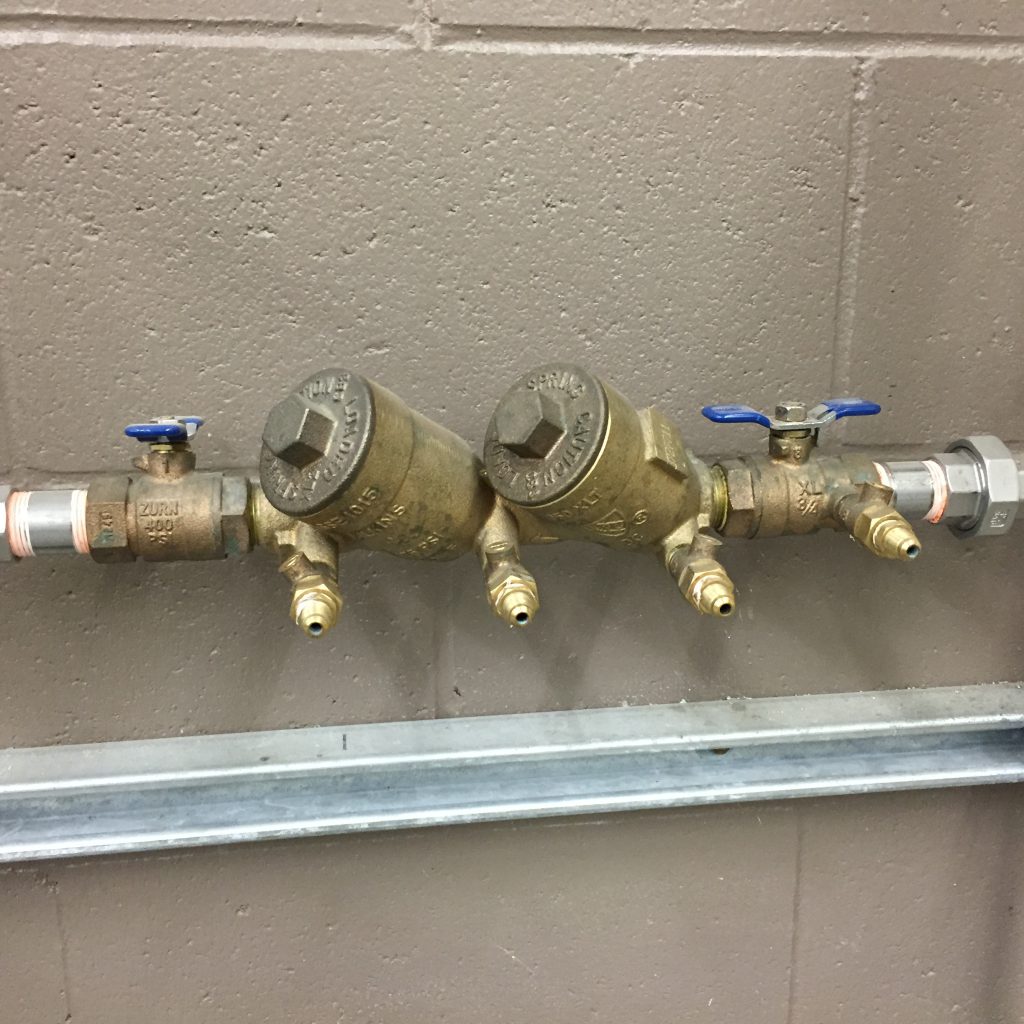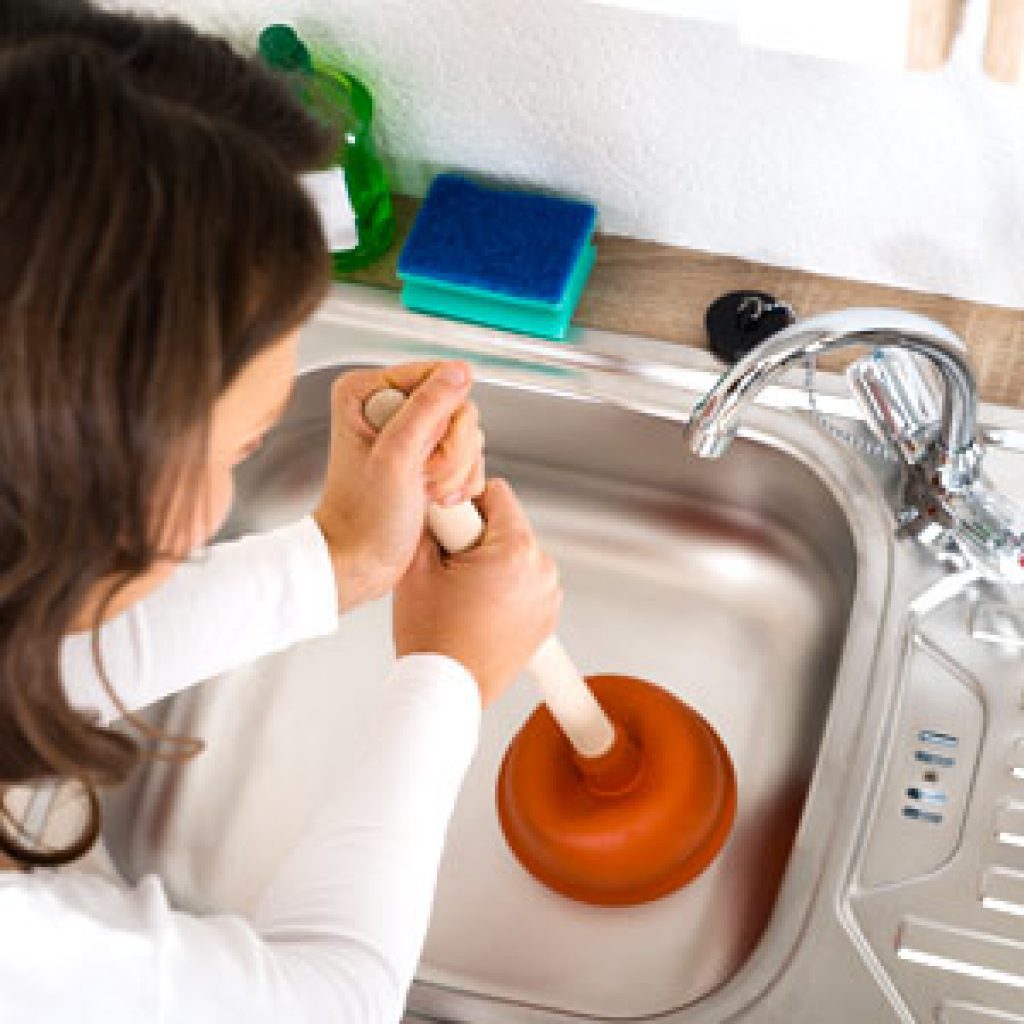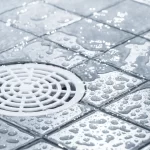Plumbing can seem complicated, but it’s crucial for everyone to have a basic understanding of common issues. Not every plumbing problem requires a professional plumber; knowing how to handle smaller tasks yourself can save you time, money, and the inconvenience of waiting for a service call. Here are three common plumbing problems that every homeowner should know how to fix. However, before diving into any plumbing task, it’s important to ask yourself a few key questions to determine whether you can handle it or if it’s best left to the professionals.
Before grabbing a wrench or any other tool, take a moment to assess the situation with these questions:
- Do You Have the Right Tools and Materials?
Ensure you have all necessary tools and materials for the job, such as a plunger, adjustable wrench, plumber’s tape, and replacement parts if needed. - Do You Understand the Problem and Solution?
Make sure you clearly understand the issue at hand and the steps required to fix it. Lack of knowledge can lead to more damage or incomplete repairs. - Are You Aware of Potential Risks?
Consider whether the task involves risks such as water damage, injury, or complications beyond your skill level. If there’s any uncertainty, it’s safer to consult a professional.
By honestly answering these questions, you’ll better gauge whether a plumbing task is within your capabilities or if it’s wiser to call in a professional. This approach helps prevent unnecessary stress and ensures that any work done on your plumbing system is safe and effective.

1. Am I qualified? There’s a significant difference between unclogging a sink and installing a new one. Assess your own skill level and understanding of the problem. If the task seems complex or if you’re unsure of how to proceed, it’s best to contact a professional plumber. This is particularly important for more involved projects like pipe installation or major repairs, which require specialized knowledge and skills.
2. How much time do I have? Consider the time commitment required for the task. Even seemingly simple plumbing issues can be time-consuming, especially if unexpected complications arise. Evaluate your own time constraints and think about the value of your time. If the job is likely to take longer than you’re willing to invest, or if it could potentially disrupt your schedule, hiring a professional is a smart choice. Professionals are efficient and experienced, which minimizes the risk of errors and ensures a faster resolution.
3. Do I have the tools? Plumbing requires specific tools that many homeowners may not have on hand. Investing in plumbing tools can be costly, and using the wrong tools can cause more harm than good. If you don’t already own the necessary equipment, it may be more economical and practical to hire a plumber who has the right tools and expertise to complete the job correctly.
Okay, now for the common plumbing problems:
Plungers have become synonymous with plumbing for good reason—they are versatile tools that can quickly address a range of common plumbing issues. While not a replacement for professional plumbing services, plungers can be incredibly effective for minor problems and emergency situations. Here’s how a plunger can help you tackle various plumbing challenges, particularly those related to blocked or clogged toilets, and what to do when the plunger doesn’t work.
1. Dealing with Clogged Toilets: The Right Way to Plunge
The most well-known use of a plunger is for unclogging toilets. However, there’s a technique to using this tool effectively that can save you from a messy cleanup and achieve better results. Instead of forcefully pushing the plunger, which can cause splashing and spread germs, you should focus on the pulling action. Here’s a step-by-step guide:
- Preparation: Ensure that the plunger is the right type—ideally, a flange plunger, which is designed specifically for toilets.
- Plunge Properly: Place the plunger over the toilet drain and push gently to create a seal. Then, pull back forcefully. The pulling action creates suction that can dislodge the blockage more effectively than pushing alone.
- Avoid Splashing: By controlling the force and focusing on pulling, you minimize the risk of water splashing out of the bowl.
This method helps break up the blockage and often clears the drain more efficiently than traditional methods.
2. Beyond Toilets: Versatility of Plungers
Plungers aren’t just for toilets. They can also be used to clear blockages in sinks, showers, and bathtubs. For these fixtures, a standard cup plunger usually suffices. The technique remains the same: create a seal, then use a pulling action to dislodge the blockage.
3. When the Plunger Doesn’t Work
Sometimes, a plunger isn’t enough, especially if the blockage is severe or located deeper in the plumbing system. In such cases, it’s important to know your next steps:
- Use a Plumbing Snake: Also known as an auger, this tool can reach deeper into the pipes to break up clogs that a plunger can’t handle.
- Chemical Drain Cleaners: As a last resort, chemical drain cleaners can be used, but they should be handled with caution as they can damage pipes and are harmful to the environment.
Call a Professional Plumber: If the problem persists or if you’re dealing with recurrent clogs, it’s best to seek professional help. A licensed plumber can diagnose the root cause and offer a more permanent solution.

How to Shut Off The Water
This is essential. If something does go wrong with your plumbing, you need to be able to turn the water off entirely and fast. Find your water shutoff valve (or valves) and, every once in awhile, make sure they’re working just fine. Water shutoff valves are usually located near your water meter, but the more localized ones will be located nearer to their appliances. Some things, like bathtubs and showers, may not have them, another factor to keep in mind.
Use a Plunger to Unclog Your Blocked Toilet
It’s not a surprise why toilets get clogged, but the job of cleaning them can be either very simple or very difficult.

First off, you should know how a toilet works on the inside, so take off the lid and familiarize yourself with its mechanisms. In most classic toilets you’ll find the handle connects to a chain that pulls up a stopper allowing water to flow down into the bowl and thus flushing the toilet. There is usually also a floater that controls the flow of water into the tank, as the floater rises the flow of water is cut off. Understanding how a toilet works can save you may save you from overflows at some point in the future.
How to unclog a blocked toilet with a plunger?
- Make sure there is some water in the bowl.
The plunger is going to be pushing and pulling water in what is basically a hydraulic manner to put pressure on the blockage, hopefully dislodging it. No water in your bowl means no way to transfer the force you’re putting into the plunger into the clog.
- Grab your plunger.
If you have a classic plunger where the flange folds inwards make sure you carefully unfold it over the toilet, ensuring any old nasty water doesn’t slosh out onto you or any of your belongings. Did you get old plunger water on your hand? Better wash them and/or get busy with the hand sanitizer.
- Insert the plunger into the toilet.
You’ll want to make sure the plunger is secure with the trap opening in the bottom of the bowl (the hole that everything is flushed down).
- Press down, fully engaging the plunger.
Put some muscle into the actual plunging process and make sure that you follow throw fully compressing the plunger. If you don’t have your heart in it you won’t stand a chance at clearing most common blockages.
- Repeat until you can hear the water drain.
If you’ve done everything properly and the blockage isn’t too bad you’ll know when you’ve cleared it. Give the toilet a flush afterwards and refill the bowl, use this new water to rinse off your plunger before returning it to it’s home.
If you’re not able to easily clear the blockage we highly recommend calling the best plumbers in Toronto to help solve your issues.
Use A Plunger For Your Clogged Sink

While some people believe a plunger should appear only in the bathroom, it can be an effective tool elsewhere, namely the kitchen sink or other drains. When foodstuff or something else gets stuck in your kitchen sink, we often turn to chemical options rather than the trusty plunger, but this tool can get rid of clogs faster than chemicals and can be easier on your system. Start by covering other holes in the sink with wet rags. This stops the air from simply going up the other drain. Then, get a good seal around the drain and start pumping the plunger. After six to ten good pumps, see if things are any better. If not, pour some baking soda and vinegar down, wait, and pour in some hot water. Follow that with more plunging. A drain contractor may be the best solution
Fix Your Clogged Garbage Disposal
This is a common problem that most people don’t know how to fix outside of running it longer. Most garbage disposal units come with a key to open the unit and clean it out, some need an Allen wrench. Either way, make sure the thing won’t be turning on while you’re cleaning it out and see what the problem is. But I will emphasize this again: ensure the garbage disposal unit is either turned off completely or won’t be turning on while you are working.
There you have it. With these three common plumbing problems, you can do some plumbing work yourself. Of course, there are plenty of plumbing problems that you should leave to the pros. But if you ask yourself these questions and have a little know-how about plumbing, you can save yourself time and money.
Can You Fix A Car Dent With A Plunger?
While most people think of plungers as plumbing tools, which is a fair assumption, but the truly resourceful have found a variety of uses for this little device. One of which could actually save you a fair amount of money. If your car has a minor dent in it, whether it’s from a rogue trash can or a little bump in a parking lot, a plunger may be able to get your car looking like new. All you have to do is affix it to the dent, create that seal and pull. It won’t perform miracles, but it can take those little bumps and make them disappear, or at least a lot less noticeable.
Plungers are ingenious devices that we often ignore or use improperly. But, in the right hands, they can be little miracle workers. You can use them as a chemical-free alternative to pipe cleaners, save yourself from calling a plumber, or even help your car look a little better.






